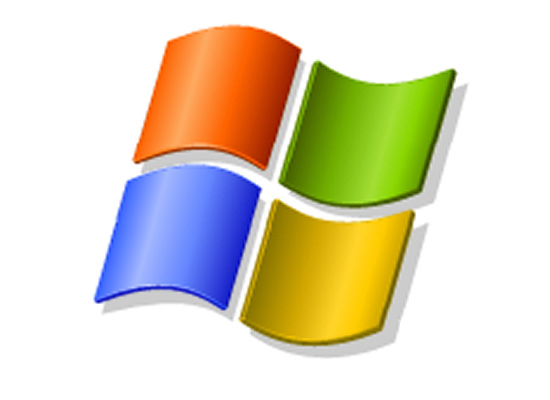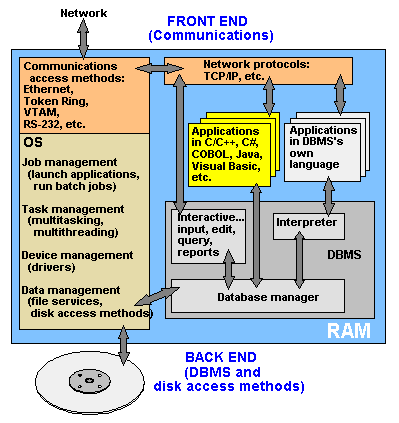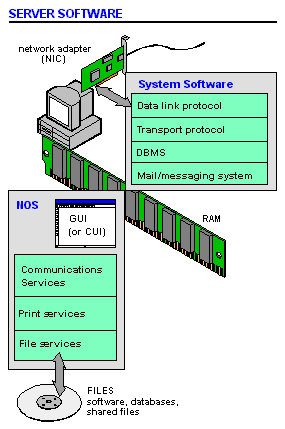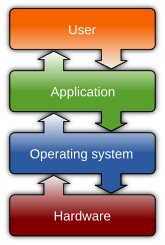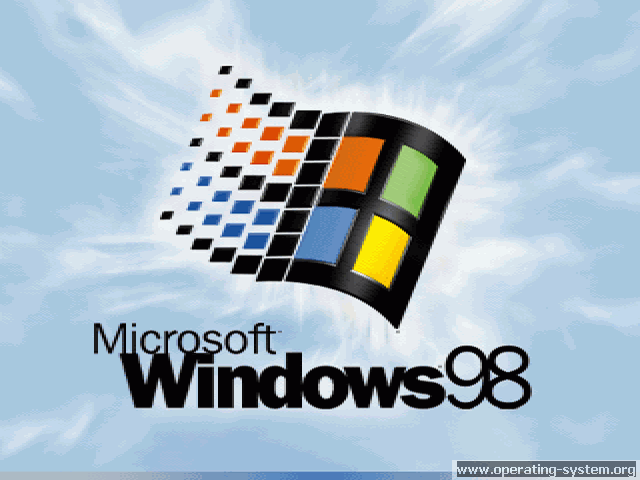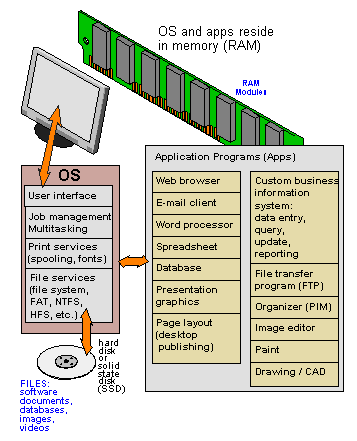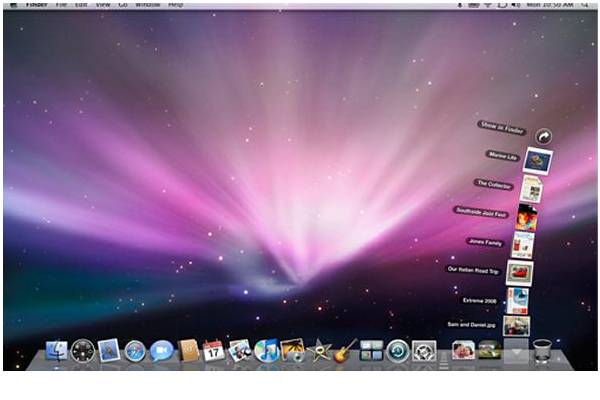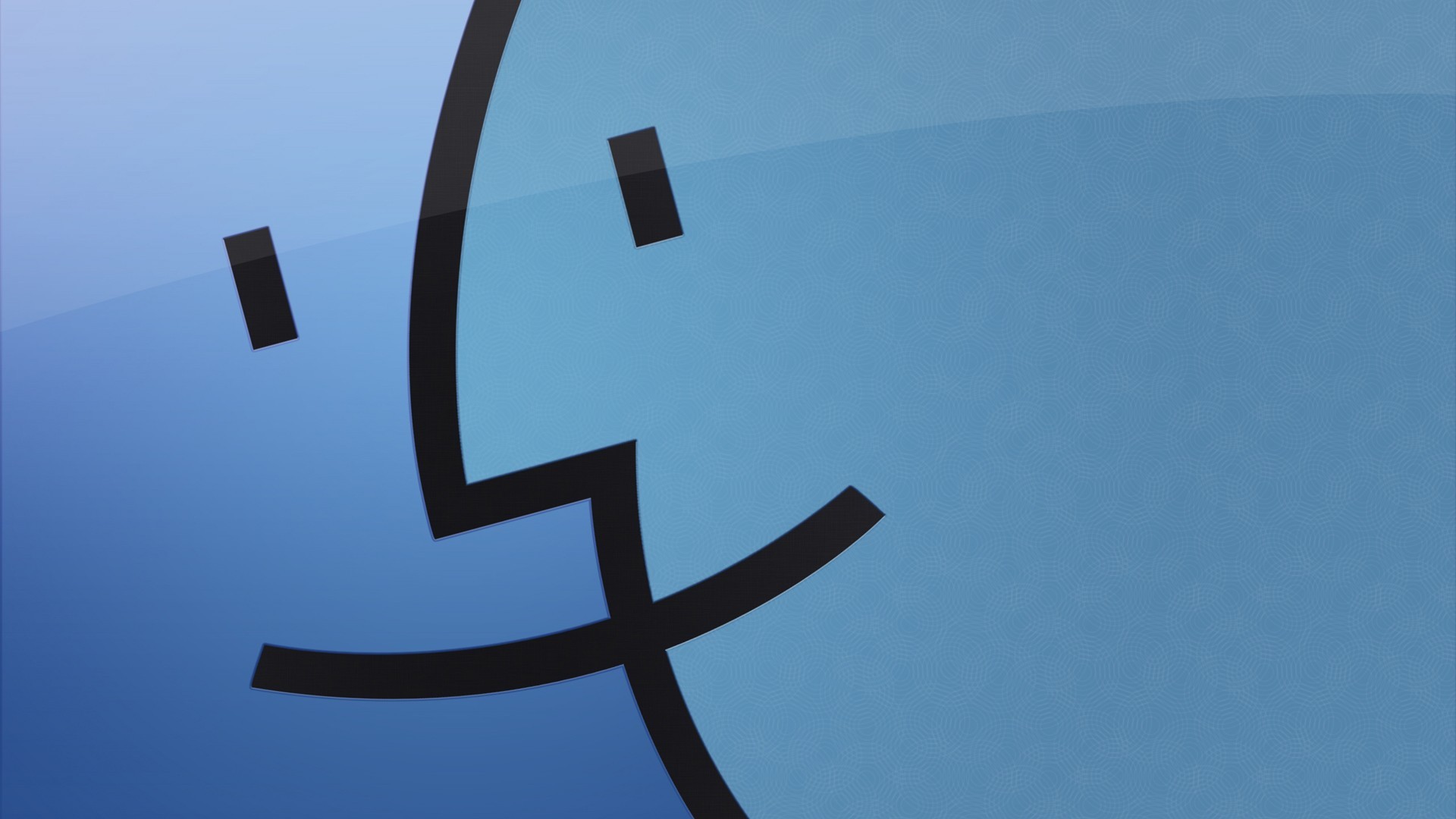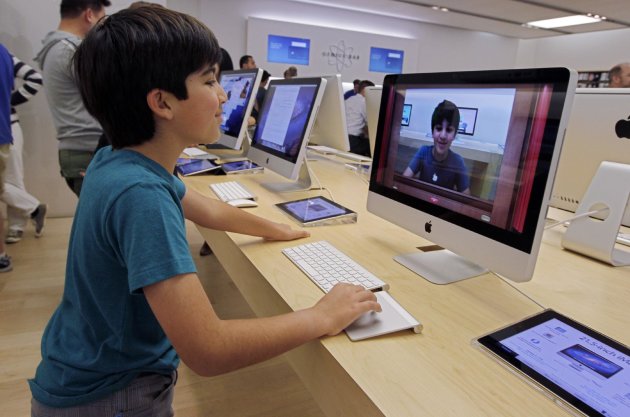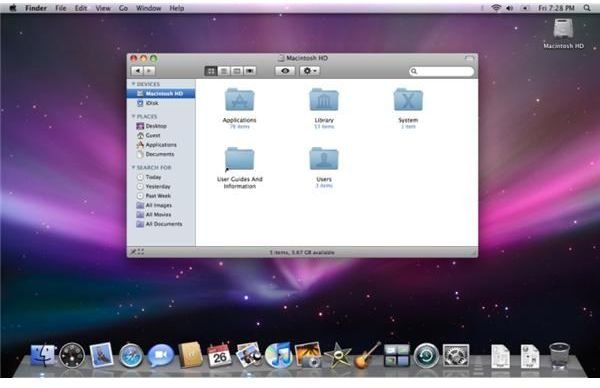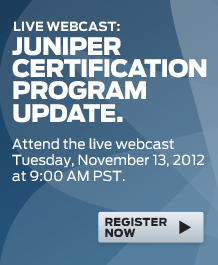Software Operating Systems Details
Early computers were built to perform a series of single tasks, like a calculator. Operating systems did not exist in their modern and more complex forms until the early 1960s.[4] Basic operating system features were developed in the 1950s, such as resident monitor functions that could automatically run different programs in succession to speed up processing. Hardware features were added that enabled use of runtime libraries, interrupts, and parallel processing. When personal computers became popular in the 1980s, operating system were made for them similar in concept to those used on larger computers.
In the 1940s, the earliest electronic digital systems had no operating systems. Electronic systems of this time were programmed on rows of mechanical switches or by jumper wires on plug boards. These were special-purpose systems that, for example, generated ballistics tables for the military or controlled the printing of payroll checks from data on punched paper cards. After programmable general purpose computers were invented, machine languages (consisting of strings of the binary digits 0 and 1 on punched paper tape) were introduced that sped up the programming process (Stern, 1981).
Early computers were built to perform a series of single tasks, like a calculator. Operating systems did not exist in their modern and more complex forms until the early 1960s.[4] Basic operating system features were developed in the 1950s, such as resident monitor functions that could automatically run different programs in succession to speed up processing. Hardware features were added that enabled use of runtime libraries, interrupts, and parallel processing. When personal computers became popular in the 1980s, operating system were made for them similar in concept to those used on larger computers.
In the 1940s, the earliest electronic digital systems had no operating systems. Electronic systems of this time were programmed on rows of mechanical switches or by jumper wires on plug boards. These were special-purpose systems that, for example, generated ballistics tables for the military or controlled the printing of payroll checks from data on punched paper cards. After programmable general purpose computers were invented, machine languages (consisting of strings of the binary digits 0 and 1 on punched paper tape) were introduced that sped up the programming process (Stern, 1981).
Software Operating Systems
Software Operating Systems
Software Operating Systems
Software Operating Systems
Software Operating Systems
Software Operating Systems
Software Operating Systems
Software Operating Systems
Software Operating Systems
Software Operating Systems
Software Operating Systems
Software Operating Systems
Software Operating Systems
Software Operating Systems
Software Operating Systems
Software Operating Systems
Software Operating Systems
Software Operating Systems
Software Operating Systems
Software Operating Systems
Software Operating Systems
Software Operating Systems
Software Operating Systems
Software Operating Systems
Software Operating Systems
Software Operating Systems
Software Operating Systems
Software Operating Systems
Software Operating Systems
Software Operating Systems
Software Operating Systems
Software Operating Systems
Software Operating Systems
Software Operating Systems
Software Operating Systems
Software Operating Systems
Software Operating Systems
Software Operating Systems
Software Operating Systems
Software Operating Systems

